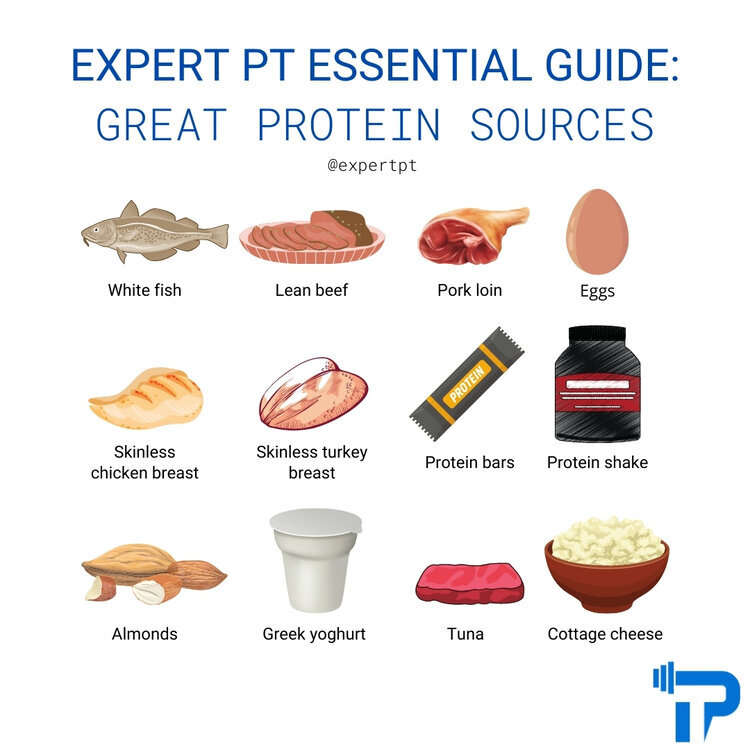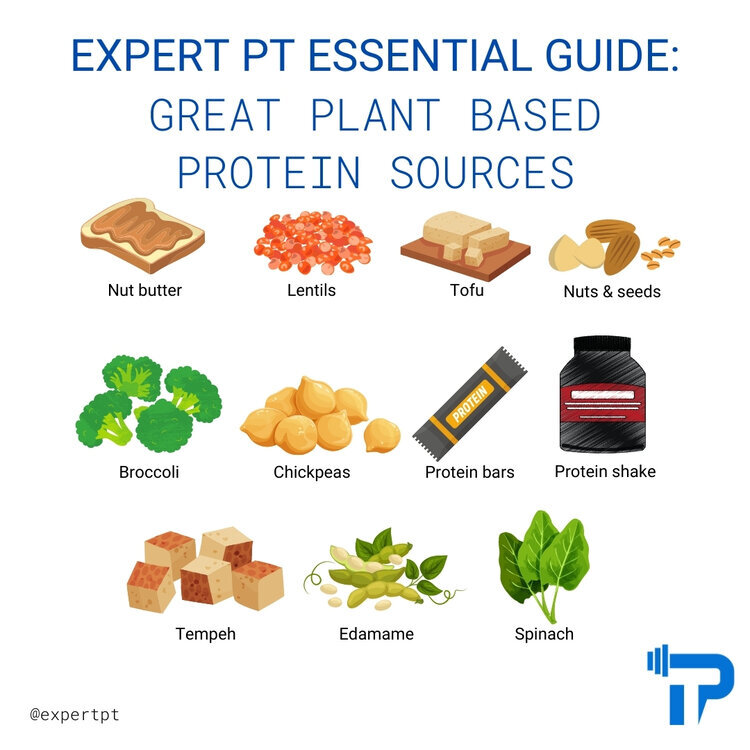How Can I Reduce Belly Fat?
If you are wrestling with how to lose belly fat, this is an essential read for you. We all have trouble areas where we tend to store more stubborn fat. A common trouble area is the abdominals – usually lower belly fat, and this is often the last place to see fat reduction when on a weight-loss plan – which can be frustrating, as so many of us have visible abs as our body composition goal. Not only is excess belly fat a frustration, but it can also have negative health consequences – The British Journal of Radiology’s 2012 Review centred around visceral adiposity analysis asserted that high levels of visceral adipose tissue (body fat that surrounds your organs as opposed to sitting just below your skin) increases your risk of cardiovascular disease, type 2 diabetes and several other health issues. So, it’s more than just a vanity project — in many cases, reducing belly fat is essential in reducing very real health risks. This article gives you all the facts you need in order to understand how to lose belly fat!
The best way to lose belly fat
If you are hoping to lose belly fat fast, then I’m going to cut to the chase here, there are several measures you can take to help reduce belly fat, I am going to share these, but it’s absolutely worth saying now that the vast majority all have a common theme – exercise and diet.
The best way to lose belly fat, without a doubt, is through regular exercise coupled with a slight caloric deficit. This was recently proven in a Randomised Controlled Trial by BMC Public Health. They studied the effect of a caloric deficit with and without exercise on abdominal fat and found that a calorie deficit combined with exercise yielded the most subcutaneous fat loss (subcutaneous fat is the wobbly fat that you can see) and further found that both with and without exercise yielded similar results in reducing visceral fat. So, diet alone can reduce visceral and subcutaneous fat but including exercise will increase the visible fat loss at a faster rate – literally healthier inside and out.
Simple steps to lose belly fat
Caloric deficit — you will only lose fat if you are in a calorie deficit ie calories burned are higher than calories consumed...
How you elicit that deficit is really down to your lifestyle and what you find effective for you. Regardless of whether you choose a flexible diet (I highly recommend this strategy), intermittent fasting or any other approach, the key here is that an effective weight-loss strategy creates a deficit and the key to this is understanding how many calories you should be consuming in order to be in a deficit.
2. Eat a fibre-rich, nutrient-dense diet — a diet high in soluble fibre and nutritious foods can leave you feeling fuller for longer, therefore supporting a caloric deficit. The Journal of Nutrition conducted a Review of how fibre can regulate energy intake and stated that high fibre foods increase adherence to diets due to their satiating properties as well as encouraging healthy eating habits. A caveat here is you don’t want to strive for consuming as much fibre as physically possible, this can result in bloating — 14 grams of fibre for every 1000 calories is adequate.
3. Consume a high protein diet — I cannot stress enough just how essential protein is for weight loss. A meta-analysis by The American Journal of Clinical Nutrition cited that there are persistent benefits of a higher-protein weight-loss diet on body weight and fat mass. This is brought on jointly by the thermic effect of protein ie it burns more calories to break down than its fat and carb counterparts and, like fibre, it is very satiating — keeping you fuller for longer. I recommend you consume from 1.4 to 2 grams per kg of body weight.
4. Eat sugary foods in moderation — refined carbohydrates found in foods such as cakes, sweets and pastries have been linked to an increase in abdominal fat. A study by The Journal of Nutrition compared groups who ate fructose-free diets and those who ate fructose. They found that when they gave overweight adults fructose for ten weeks, they observed significant increases in visceral fat.
5. Track your food consumption — we’ve already mentioned a caloric deficit being fundamental to fat loss, but how do you know your calorie consumption levels if you aren’t tracking your food? Use a tool such as MyFitnessPal or FitBit to track your food each day, they also provide macro ratios so you can check your protein levels at a click of a button!
6. Resistance and Cardiovascular training — I could talk all day about the benefits of both of these training methods. In the context of visceral fat, a Randomised Controlled Trial by The Journal of Sports Science found that a combination of both resistance and cardio training was more effective in reducing visceral fat than cardio alone. In terms of subcutaneous fat, both resistance training and cardiovascular training will burn calories which can aid a caloric deficit, however, resistance training with progressive overload, sufficient rest and a high protein diet will build muscle, which needs fuelling – this results in our body burning more calories carrying out normal bodily functions.
7. Keep your NEAT high - NEAT, or non-exercise activity thermogenesis accounts for calories burned through all of your subconscious physical activity, movement such as fidgeting, cleaning, walking as part of your day to day life. We have a lot of control over our NEAT levels and getting your NEAT levels high will result in more calories burned to aid you in your quest for a caloric deficit. Keep moving, especially if you have a sedentary job — I find having a step target of 7,000 - 10,000 steps per day and tracking my step count really helps keep my NEAT in a good place.
8. Drink alcohol in moderation — sorry, not sorry. A Randomised Controlled Trial by The Journal of Nutrition found that individuals who consumed more than 4 alcoholic beverages per day, had a larger abdominal measurement than those who consumed 1 or less per day (abdominal measurements are an indicator of visceral adiposity). So, if you want that 6 pack on your abdomen, make sure that 6 pack in your fridge lasts you all week.
9. Manage your stress levels — stress triggers many chemical reactions in our bodies, one of which is the production of cortisol, aka the hormonal stress response. High cortisol levels have been linked to both an increase in appetite (we’ve all eaten due to stress, so can associate with this, right?) which can then increase abdominal fat levels. Manage stress by finding what relaxes and keeps you balanced – mainly, make time for you!
10. Get sufficient sleep — this is one that resonates with me, I have a young son who likes to get up and party in the evenings. I can say that without fail, the next day, due to a lack of sleep, I will absolutely be hungrier and craving high carb foods. This isn’t just me hypothesising, my own personal experience of sleep deprivation is echoed by science. A whopping 16-year study conducted by The American Journal of Epidemiology found that short sleep duration over a sustained period is associated with a modest increase in future weight gain and the risk of obesity. To ensure you are appropriately rested, aim for at least 7 hours per night.
You see the theme now? The vast majority of these actions to fight belly fat are centred around exercise and fitness. Making lifestyle changes to incorporate these into your day to day life won’t just give you a reduction in belly fat and reduce your health risk markers, you’ll see a full-body reduction in fat, you’ll be stronger, fitter, have more energy, will be passing good habits onto your friends and family and you’ll feel awesome...so let’s get started on your Online Coaching Transformation.








